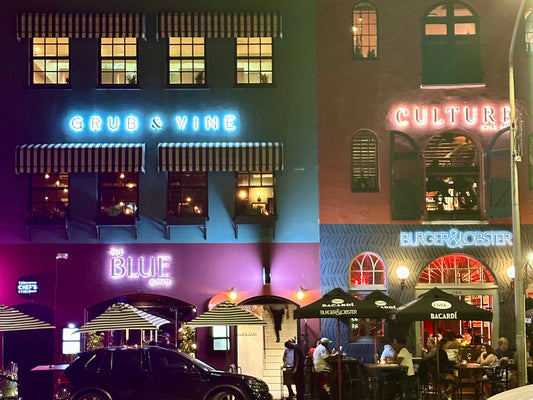Noble, refined and pure. These are some of the words that those who know Grignolino well use to describe it. Yet, the variety lingers in the Piemontese shadow of the mighty Nebbiolo and Barbera grapes. In its homeland of Asti/Monferrato, an area that encompasses most of its vineyards as well as Grignolino’s greatest terroir, only 376 hectares are planted. In contrast, Piedmont boasts over 5,500 hectares of Nebbiolo and an incredible 50,000 hectares of Barbera, making Grignolino a moderately rare treat.
As one of the region’s oldest indigenous varieties, Grignolino dates back many centuries, with text references dating back to 1249. Later writings from the 18th and 19th centuries intimate that it was once even more sought after than Nebbiolo.
It is the lightest in colour of all the Piemontese red varieties, often displaying scents of wild strawberries, crushed spice and hibiscus. Despite its lifted, fresh and inviting nose, it is also, quite surprisingly, one of the most tannic varieties of the region – second only to Nebbiolo. Its pronounced acidity further reveals that there is more to this grape than meets the eye.
As has happened in many regions over the years, higher yielding clones were planted at the expense of quality examples, and ‘improved’ technology after the War saw a shift from ageing in wood to stainless steel. Wines became lighter, simpler and less likely to mature well. The interest in Grignolino waned and Nebbiolo took centre stage as consumers sought out more powerful wines.
However, a number of years ago a group of passionate and dedicated Grignolino producers decided to reawaken this almost legendary wine, led by the region’s most spirited oenologist, Mario Ronco. Mario is a native, with a strong emotional attachment to Grignolino: he doesn’t have his own estate but acts as a consultant winemaker for many in the area. Two leading producers joined Mario — Ermanno Accornero, who has been making oak-aged Grignolino since 2006, and Guido Carlo Alleva of Tenuta Santa Caterina – to establish a new association called ‘Monferace’, an old name for Monferrato. Today, they are a total of 10 producers.
As one can imagine, a wine of this consideration must be skilfully managed. For example, all Monferace wines must be aged for 40 months, at least 24 of those in wooden barrels or casks. Grapes must come from a delimited area within the Grignolino del Monferrato Casalese DOC and Grignolino d’Asti DOC zones. And finally, each wine must be tasted blind to be sure that it adheres to the quality and expression that the growers are all seeking to achieve.
The results are inspiring. Though each Monferace has its own nuance and personality, the wines overall show notable depth of flavour, refinement and density, not dissimilar to the great Nebbiolos of the Langhe and Pinot Noirs of Burgundy, but perhaps with a daintier touch and a more affordable price… for now.
The inaugural vintage of Monferace is 2015 and most wines have been released. While quality is high, quantities are small, ranging from 300 to 3,800 bottles. These are beautiful wines, well worth seeking out. They offer wine lovers an opportunity to tap into some of Italy’s past greatness.
Monferace Producers:
- Accornero
- Allemat
- Angelini Paolo
- Castello di Uviglie
- Fratelli Natta
- La Fiammenga
- Sulin
- Tenuta Tenaglia
- Tenuta Santa Caterina
- Vicara
https://monferace.it/
| 


